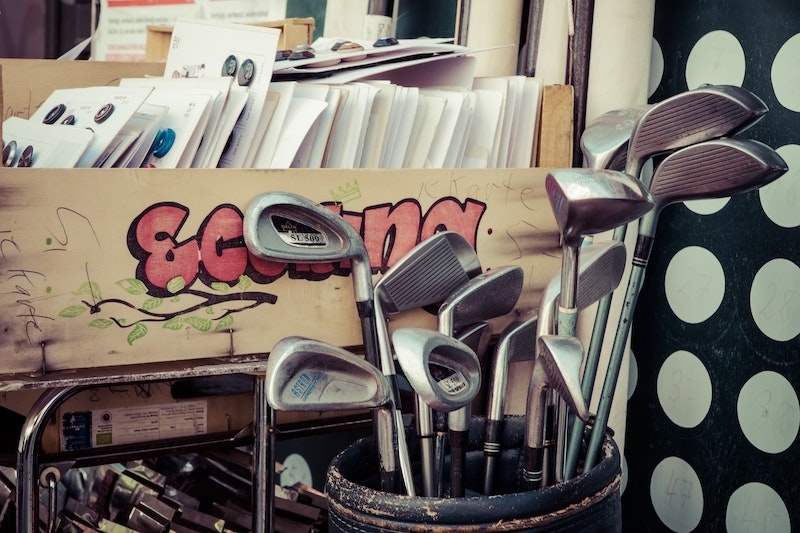“Can I keep what I’ve got?”
That’s our new national question. With massive job losses, widespread pay cuts and declining interest rates, income is declining for everyone. Uncertainty abounds.
That’s a problem.
It’s likely to make a bad situation worse. It threatens to renew the national yard sale we had only a decade ago, when the Great Recession led to home sales and home foreclosures as well as sales of cars, boats and just about anything that could be sold for cash. It will also give a new role to the few Americans whose lives aren’t in turmoil. (More about that later.)
Observing the signals
Have I taken a front seat on the Cassandra Super-Duper Catastrophe Wagon? No, I’m just trying to synthesize the barrage of signals coming our way hour after hour, day after day. Here’s what those signals say.
- Paralyzed Money. While our friends in Washington talk about rescues and stimulus, the reality is that when a patient loses a quart of blood and government puts a pint back in, it’s not a stimulus. It might keep the patient alive. Or not. Lacy Hunt, the economist at Hoisington Management in Austin, likes to remind people that money has to be in circulation to have an impact on the economy. He notes that money is useless if it is inert. What counts is using it for transactions –the more transactions in a short time the better. But it hasn’t worked that way. There’s more money, but it isn’t moving. Result? No increase in economic activity. That means no stimulus.
- More Saving, Less Buying. While the White House and many state governors are eager to open up the economy, it’s going to take more than store openings for people to start spending us back to the Good Times. We’re going to need a real eagerness to spend. But what we’ve all seen is that neither the federal government or state governments can do much. We’re on our own a lot more than we thought. That means rational people will spend less. (For better or worse, there are still plenty of irrational people.)
- Less Borrowing. According to the Federal Reserve Bank of New York’s regular report on household finances, consumer debt is now well above its pre-Great Recession level. It clocks in at $14.3 trillion even though credit card debt appears to be turning down. With no yield on savings and facing credit card interest rates that recently averaged 15.99 percent, even the compulsively clueless may start to understand. Credit is not our friend. The cure is to buy less, pay down more. It’s time for America to listen to Dave Ramsey, the patron saint of debt reduction.
- Challenged Consumer Aspiration. This is a biggie. Cars are the second largest purchase we make as consumers. Obsessions with four-wheeled vehicles ravage the minds of millions of otherwise reasonable humans. But big decisions are here. Do you want to replace your internal combustion engine car with a newer model ICE car? After all, you might get one cheap as bankrupt Hertz auctions off its fleet. But aren’t electric cars making traditional cars look a little silly? No, this purchase can wait, particularly if used car values continue to sink. Recovery from the automotive dieback will be slow.
- Reset Consumer Fashion. Urban living in the creative and crowded cities may be a casualty of the coronavirus, particularly for the multitude of technology workers who can work from home. Hey, who needs casual Friday clothing when you can live like the Big Lebowski and wear a robe 24/7? Similarly, the fashion of “tiny homes” may succumb to the psychological reality of close proximity for weeks on end. We may all be “cocooning,” but when it comes to cocoons, bigger is better. Way better.
As we continue to talk about life, death and contagion, the broader reality is that we’re facing a major reset. It’s about how we live. And what we buy. We’re not going back to consumption as usual.
And what about the people whose lives aren’t in turmoil, the people who appear to be financially secure? Well, they have a special role. If you’re one of them, here’s your new mantra:
Now is better than later.
If most people are paralyzed and incapable of spending, now is the time to do whatever you thought was a good idea. Not later. The older you are, the more compelling this idea should be.
For starters, this means front loading any charitable giving you were going to do. Give the money now, not later. Do what you can to fill the hole left by Covid-19.
After that, move up any projects that were on your long-term list. You’ll provide work for people that need it.
Thinking about aiding children or grandchildren by helping them pay down college debt? Do it now.
Every dime the secure can spend will make the transition to whatever comes next a bit smoother.
Related columns:
Scott Burns, “The coming national yard sale,” 12/23/2007 https://scottburns.com/the-coming-national-yard-sale/
Sources and References:
Van R. Hoisington and Lacy H. Hunt Ph.D., “Is this time different?,” First Quarter report, 2020 https://hoisingtonmgt.com/pdf/HIM2020Q1NP.pdf
Sources and References
Kelly Dilworth, “Average Credit Card Interest Rates: Week of May 6, 2020,” www.creditcards.com, 5/6/2020 https://www.creditcards.com/credit-card-news/rate-report.php
New York Federal Reserve Bank, “Quarterly Report on Household Debt and Credit: 2020, Q1. https://www.newyorkfed.org/medialibrary/interactives/householdcredit/data/pdf/HHDC_2020Q1.pdf
This information is distributed for education purposes, and it is not to be construed as an offer, solicitation, recommendation, or endorsement of any particular security, product, or service.
Photo by mali maeder from Pexels
(c) Scott Burns, 2020
